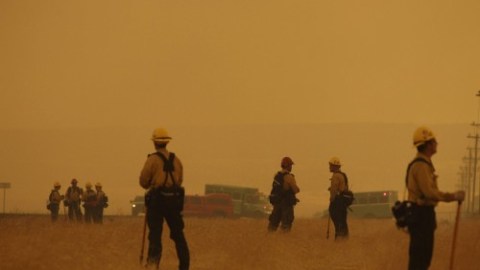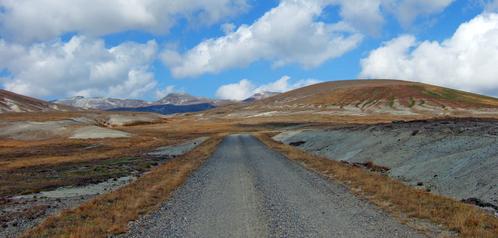Journalist Travels Southwest U.S. Chronicling Local Climate Stories

Ari Phillips — a graduate student in journalism at the University of Texas — has started a unique project documenting the story of climate change in the U.S. Southwest via Kick Starter. Below he describes the project and I am hoping he will provide periodic guest posts at AoE over the coming months
The U.S. Southwest is under water duress. More water is used in the region each year than the amount of rain and snowfall – a shortfall accounted for by diminishing groundwater reserves.
The Colorado River – the Southwest’s only significant source of water – is already over-allocated and slight disruptions can endanger power generation and water supply in the region A recent study called “The Last Drop: Climate Change and the Southwest Water Crisis” found that climate change could add $1 trillion to the costs of water scarcity in the Southwest over the next century.
Water is just the tip of the iceberg when it comes to climate change in the Southwest, where models predict a hotter, drier climate developing over the course of the century.
A Great Aridness,a recent book by William deBuys, explores what climate change could mean to the Southwest. In the book’s introduction, Jonathan Overpeck, a climate scientist who co-directs the Institute of the Environment at the University of Arizona, says, “climate change will produce winners and losers, and those in the Southwest will be losers. There’s no doubt.”
With my Kickstarter project Energy and Climate Change in the American Southwest I plan to traverse the Southwest this summer reporting on what’s happening with these issues right now – and to determine what impact the so-called losers can have on their fate.
I’ve identified nine critical stories – from the surging natural gas production of Midland, TX to the controversial solar parks of the Mojave Desert – that demand attention for the way they are reshaping the Southwest. In some cases literally, such as with forests devastated by wildfires and bark beetles – both growing in intensity due to climate change. It is unclear what will replace traditional piñon and ponderosa trees as the climate of the Southwest changes and flora and fauna migrate accordingly.
In other cases the reshaping is more socioeconomic rather than physical.
This spring the Navajo Nation signed a contract with Lawrence Livermore National Laboratory to study what technologies would be best for developing natural resources on the sprawling reservation. Unemployment hovers around 50 percent in the region and a main goal of the project is to improve economic conditions and prevent industry from taking advantage of the tribe, as has historically occurred with mining and oil leasing. Clean energy production also falls in-line with long held cultural beliefs of the Navajo relating to environmental stewardship and preservation.
Check out the project page for more information, to donate, or to just follow along.




